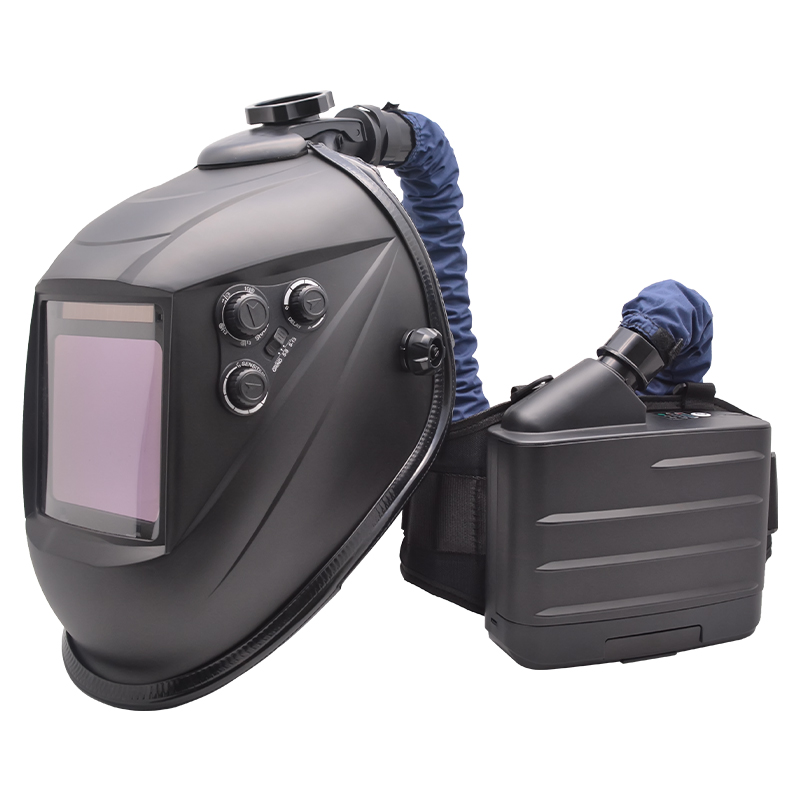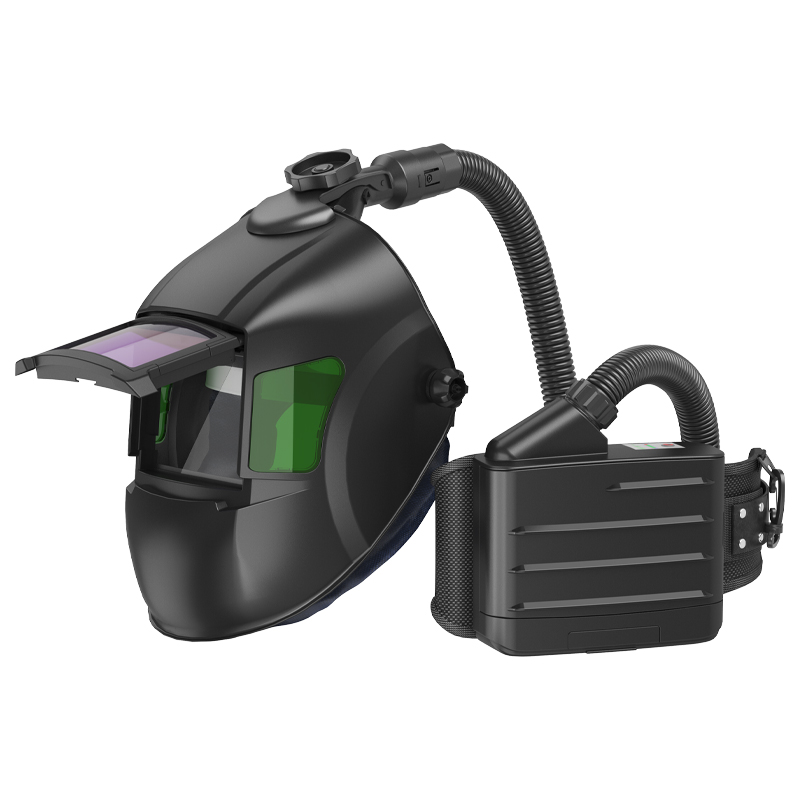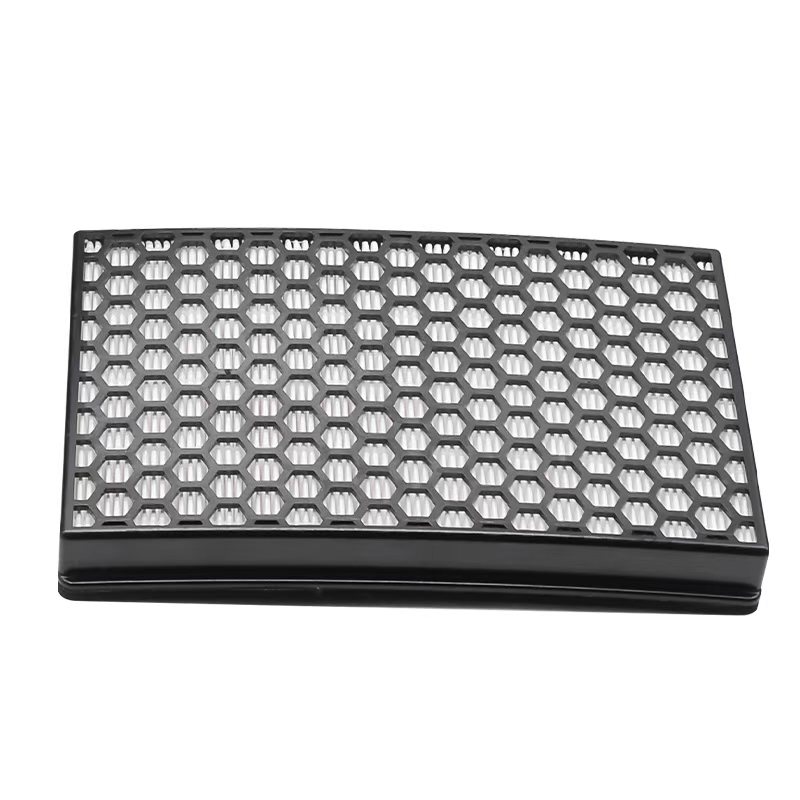Aug 18, 2025
In the field of respiratory protection, combinations of letters and numbers such as P1, P2, P3 are not randomly arranged. They originate from European EN standards (e.g., EN 14387, EN 143 series) and serve as important classification labels for respiratory protection filter media (filter cartridges, gas canisters). For high-efficiency respiratory protection equipment like the Powered Air-Purifying Respirator (PAPR), the selection of these filter media directly determines its protective effectiveness in different working environments, which is closely related to our respiratory safety. Understanding the meaning of these labels can help us accurately match suitable filter media for papr respirator in complex work scenarios, thereby giving full play to the protective role of the equipment.
I. P1, P2, P3: The "Three-Level Progression" of Particulate Filtration Grades
"P" stands for "Particulate". The three grades P1, P2, and P3 mainly target solid or liquid particulates. The higher the number, the higher the filtration efficiency and protection level, and the more severe the scenarios they can handle, which are closely linked to the protective capabilities of PAPR. Respiratory papr delivers air actively through an electric fan, and the grade of the filter media it is equipped with directly affects the cleanliness of the air delivered to the breathing zone. Filter media of different grades, when paired with PAPR, can build a solid respiratory defense for users in various environments.
P1: This is the basic grade for particulate filtration, mainly applicable to low-toxicity, low-concentration non-oily particulates, such as dust generated during daily cleaning and low-concentration talcum powder. It has a filtration efficiency of ≥80% for particulates with an aerodynamic diameter of 0.3μm, which can meet the protection needs of general light dust operations. When equipped with P1 grade filter media, PAPR, with its continuous and stable air supply, allows users to breathe more smoothly during light dust operations such as office dusting and simple material handling, while effectively blocking low-concentration non-oily particulates. For example, when staff are dusting bookshelves in a library, wearing a PAPR with P1 filter media can prevent them from inhaling dust without the stuffiness of traditional masks.
P2: Its protective capability has significantly improved compared to P1, and it can handle moderately toxic non-oily and oily particulates, such as fumes generated during welding, cooking oil fumes, and some metal dust. Its filtration efficiency for 0.3μm particulates is ≥94%, playing an important role in scenarios such as welding, grinding, and agricultural dust where both non-oily and small amounts of oily particulates need to be protected against. For personal air purifying respirator, when paired with P2 filter media, it can better adapt to such complex working environments. In welding workshops, workers using PAPR with P2 filter media, the electric fan delivers filtered air into the mask, which not only efficiently filters the fumes generated during welding but also maintains positive pressure inside the mask to prevent external pollutants from entering, greatly reducing the risk of welders inhaling harmful particulates.
P3: It is a high-grade for particulate filtration, applicable to all types of highly toxic, high-concentration particulates, such as asbestos, radioactive dust, and high-concentration metal fumes. Its filtration efficiency is ≥99.95%, close to the "high-efficiency filtration" level, and it usually adopts a "leak-proof" design with better sealing performance, providing solid protection for high-risk operations. When PAPR is equipped with P3 filter media, its protective performance reaches its peak, capable of safeguarding users in extremely dangerous environments. At sites where asbestos waste is handled, staff must wear PAPR with P3 filter media. The high-efficiency filtration and leak-proof design of P3 filter media, combined with the powerful air supply of PAPR, can ensure that every breath of air inhaled by users has undergone strict filtration, minimizing the harm of asbestos fibers to the human body.
In conclusion, the combination of P1, P2, P3 grade filter media and Powered Air-Purifying Respirator provides a flexible and efficient solution for respiratory protection in different dust environments. Correctly understanding these grade labels and selecting suitable filter media according to the working environment can allow PAPR to give full play to its advantages and protect our respiratory health. If you want to get more information, you can click www.newairsafety.com.
Read More


